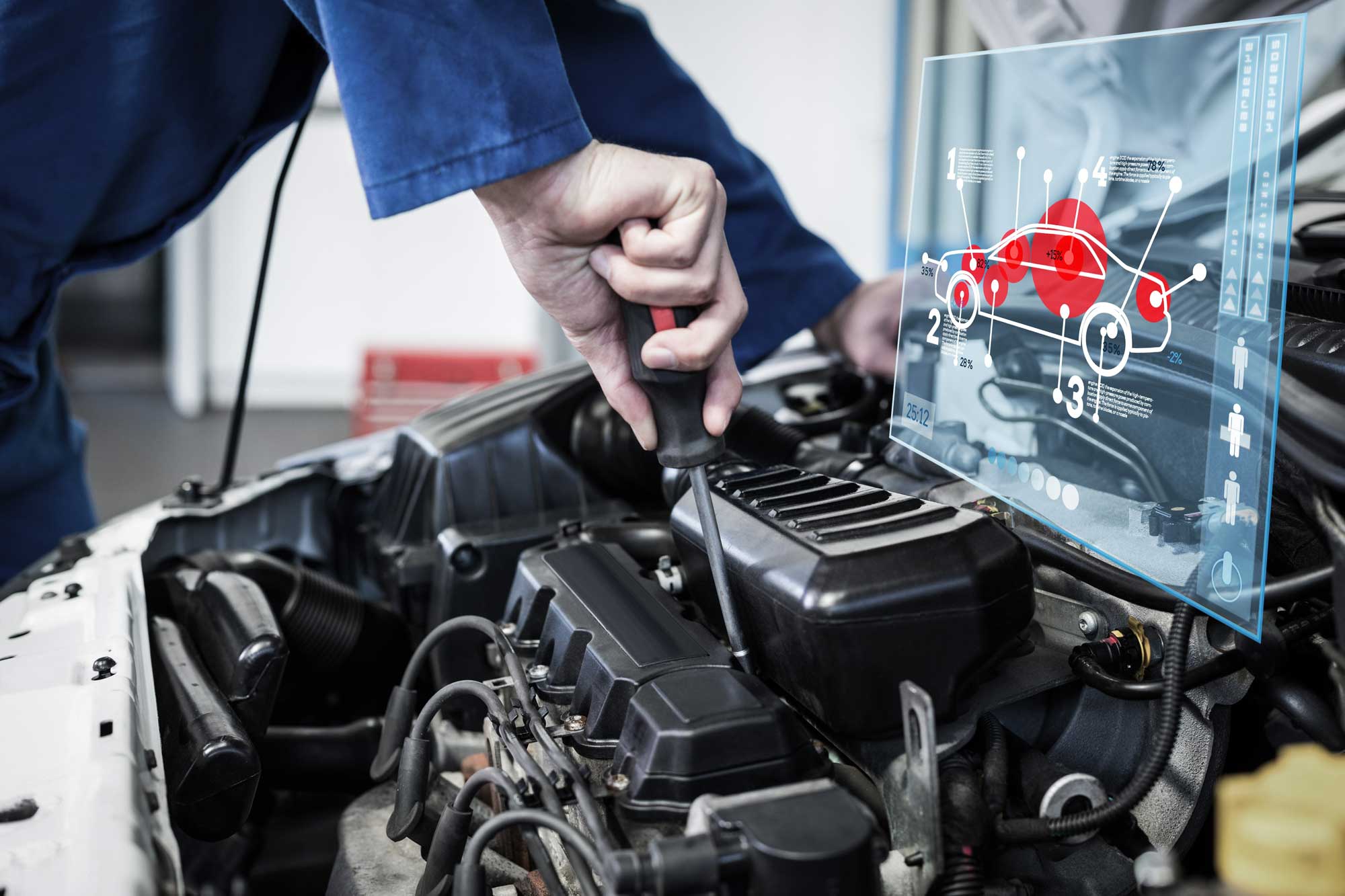All Categories
Featured

Couple of points are more alarming for a motorist than the sudden lighting of the check engine light (CEL) on the control panel. While it might trigger prompt issue, comprehending what this light represents can encourage you to take care of the situation properly. Let's check out the possible reasons behind the CEL and the steps to solve it.
What Does the Check Engine Light Mean? The CEL is component of your vehicle's onboard diagnostics (OBD) system. It keeps an eye on a range of systems within the car, consisting of discharges, gas performance, and overall engine efficiency. When the system detects a mistake or irregularity, it causes the CEL to notify the vehicle driver.
Strong Light: Suggests a non-critical problem, such as a minor sensor breakdown. Nonetheless, it still calls for focus to avoid lasting damages. Flashing Light: Signals a serious issue, like an engine misfire, that needs prompt attention to stop substantial damages. Common Reasons for the Check Engine Light. Here are some of the most regular reasons of a CEL, ranging from simple to intricate:
Loose Gas Cap:

A broken or loosened gas cap can interrupt the fuel system, causing the light. This is among the simplest problems to fix-- just replace the cap or tighten. Oxygen Sensor Failing:
The oxygen sensor determines the air-to-fuel proportion for optimal combustion. A malfunctioning sensor can result in lowered fuel performance and higher discharges. Ignition System or Ignition Coil Issues:
These elements are vital for the burning procedure. Damaged ignition system or malfunctioning coils can trigger misfires and rough engine performance. Catalytic Converter Problems:
This component reduces harmful emissions from your vehicle. Failing to address various other engine issues can result in catalytic converter damage. Mass Air Flow (MAF) Sensor Failure:
The MAF sensor guarantees the right amount of air blends with gas. A dirty or stopping working MAF sensor can reduce power and gas efficiency. When the CEL Comes On, steps to Take. Don't Panic:
Take a moment to observe your lorry's efficiency. Is it driving typically, or exist signs and symptoms like lowered power or weird noises? Inspect the Gas Cap:
If necessary,Tighten up or reseat it. This straightforward fix deals with lots of CEL circumstances. Make Use Of an OBD-II Scanner:
Plugging in a scanner gives details difficulty codes that recognize the problem. Numerous auto components stores offer this solution totally free. If Necessary:, see a Technician.
If the CEL remains on or flashes, have a specialist evaluate your car. Postponing repair work can bring about a lot more expensive repairs. Preventative Actions to Prevent CEL Issues. Routine Maintenance:. Comply with the maker's timetable for oil changes, ignition system replacements, and air filter cleansing. Check Trick Parts:. Regularly examine your gas cap, belts, and hose pipes for wear or damage. Use Top Quality Gas and Oil:. Premium products can prevent deposit accumulation that might influence sensors and engine components. Why You Ought To Address the CEL Quickly. While it's alluring to disregard a strong CEL, procrastination can bring about extreme repercussions. What starts as a minor problem-- like a loosened gas cap-- might develop right into expensive repair work. Resolving the light very early ensures your automobile continues to be secure and reliable.
Final thought. The check engine light is not a reason for instant panic, yet it needs to never be overlooked. Comprehending its objective and potential triggers furnishes you to make educated choices, whether it's a quick gas cap change or a trip to your auto mechanic. With proper upkeep and timely activity, you can maintain your auto running efficiently and stay clear of unneeded repair work.
Latest Posts
Stay Compliant with Idaho Fence Laws
Published Dec 18, 24
1 min read
Experience the Top Signature Cocktails at VUE Rooftop Bar in Atlantic City
Published Dec 18, 24
1 min read
Lease vs. Buy: Which Mazda Option Is Right for You?
Published Dec 18, 24
2 min read